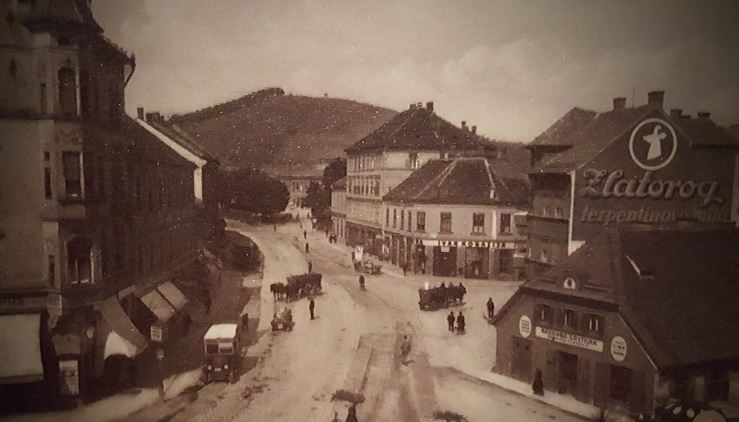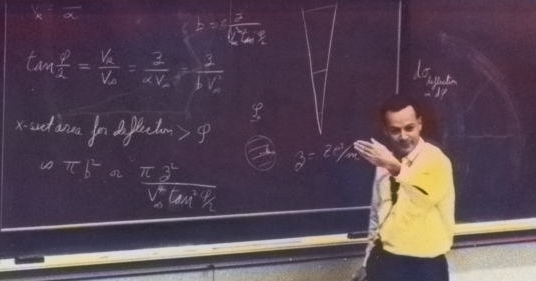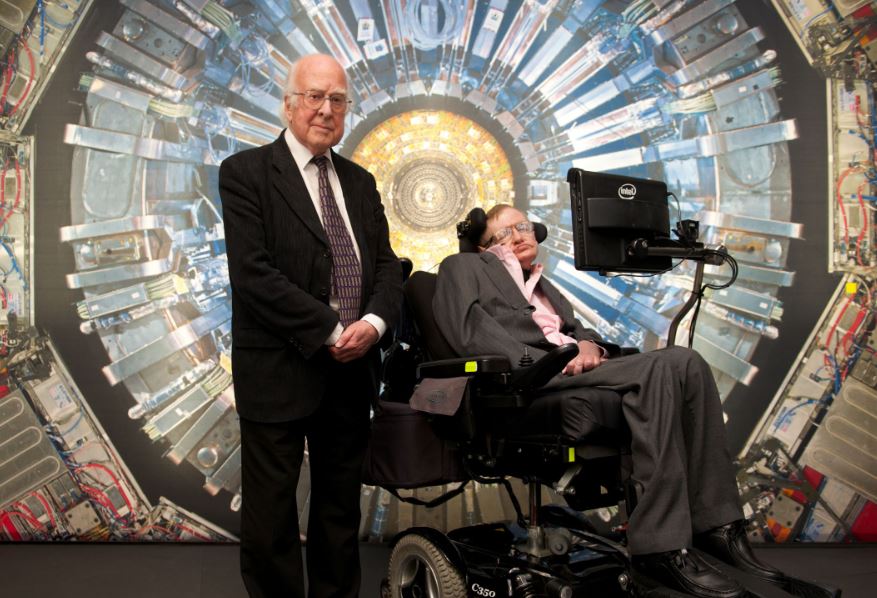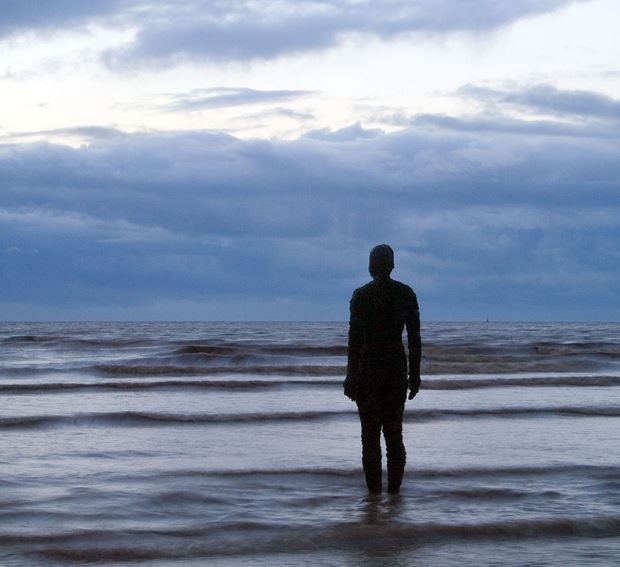
On 10th of July in 1856, Nikola Tesla was born at midnight during a lightning storm. The midwife thought the violent storm was bad omen, "This will be a child of darkness", she declared mindlessly."No, replied Tesla's mother, "he will be a child of light".
His father, Milutin Tesla, was orthodox christian priest while his mother, Đuka, was hard working housewife. They recognized very early that their son was unlike other children. Young Tesla was creative, curious and blessed with photographic memory.
Milutin, a devout man, wanted his son to become priest like himself but Đuka encouraged Nikola to study science instead. Even though she had never received formal education, Đuka had the talent for making mechanical appliances at home.
 |
| Nikola Tesla's parents |
By the age of 16, Nikola was able to perform integral calculus in his head which prompted his teachers to believe that he was cheating. Tesla credited his eidetic memory and creative abilities to his mother's genetics and influence.
He finished four-year high school term in three years graduating in 1873. During those times, high school graduates were forced to join the military but Tesla ran away and remained hidden for over a year wearing hunter's garb to escape conscription.
Tesla returned in 1875. Then, he enrolled for engineering degree at Graz University of Technology in Austria.
In first year, he never missed a lecture, earned the highest grades and even received letter of commendation from the dean to his father, which stated, "Your son is a star of first rank."

But 20-year old Nikola was mortified when his father made light of those hard won honors. In second year, Tesla came into conflict with his professor when he suggested that commutators would be unnecessary in the Gramme Dynamo.
Tesla lost the scholarship money as he became addicted to gambling. In third year, he did not even sit for the examination. He severed all relations with family to hide the fact that he had dropped out. At age 22, without contacting anyone, Nikola moved to Slovenia in search of work.
His family thought that he had committed suicide but one year later,
In March of 1879, Milutin learned that his son was seen in Maribor, the second-largest city of Slovenia. He went to Maribor to beg his son to return home. Tesla refused.
In first year, he never missed a lecture, earned the highest grades and even received letter of commendation from the dean to his father, which stated, "Your son is a star of first rank."

But 20-year old Nikola was mortified when his father made light of those hard won honors. In second year, Tesla came into conflict with his professor when he suggested that commutators would be unnecessary in the Gramme Dynamo.
Tesla lost the scholarship money as he became addicted to gambling. In third year, he did not even sit for the examination. He severed all relations with family to hide the fact that he had dropped out. At age 22, without contacting anyone, Nikola moved to Slovenia in search of work.
His family thought that he had committed suicide but one year later,
In March of 1879, Milutin learned that his son was seen in Maribor, the second-largest city of Slovenia. He went to Maribor to beg his son to return home. Tesla refused.
 |
| street where Tesla lived in Maribor |
Milutin was despaired. In April of 1879, he passed away aged 60. After hearing the news, Nikola returned home but too late though.
A sorrowful Nikola recalled, "My father wanted me to enter priesthood but in one of the sinking spells due to Cholera, which was thought to be the last, he rushed into my room. I still see his pallid face as he tried to cheer me up..
"Perhaps," I said, "I may get well if you will let me study engineering."
"You will go to the best technical institution in the world," he solemnly replied.
Nikola was lost and depressed especially after death of his father. He stayed home for few months. Then, he started teaching at his old primary school. He taught there until January 1880.
Next, he went to Prague and attended lectures in philosophy for a year. In 1881, Nikola moved again, this time to Budapest to work for Budapest Telephone Exchange. He was 25 years old.

In 1882, he was employed as electrician by Continental Edison Company in Paris to install incandescent lighting. The management took notice of his advanced knowledge and soon he was promoted.
"In 1884, I was brought in intimate contact with Edison. His mind was dominated by one idea, to leave no stone unturned and to exhaust every possibility. We experimented for days and nights, holidays not excepted."
During this time, Edison made an outstanding offer. In exchange for redesigning generators, Tesla was promised a hefty cash prize.
But he was taken advantage of as it turned out to be a practical joke. Therefore, in January 1885, a furious Tesla left note for Edison which read, "Goodbye to the Edison Machine Works."
For a brief while, Nikola Tesla remained jobless in America.

Then, with help from interested investors, Tesla founded a company in his own name, Tesla Electric Light & Manufacturing (1885). He worked for the rest of the year acquiring patents for improved design of DC generator which had gained recognition in the press.
But Nikola was not business-ready yet.
In 1886, the investors obtained control of the patents, renamed the company to Union County Electric Light & Manufacturing and left Tesla penniless in the process.
Yet, Tesla did not give up as he set about to create another company, this time with more caution, in 1887. He invented commutator-less induction motor in the same year. This innovative machine which ran on alternating current was patented by Tesla in May of 1888.
Soon, $15,000-a-year royalty deal was made for the new type of motor with Westinghouse Electric Company.
 |
| Induction motor by Tesla |
But two years after signing the Tesla contract, George Westinghouse was in deep financial trouble. Also, at this time, Edison came out with all guns blazing against the alternating current movement, saying, "It is too dangerous. Direct current is safe."
In 1891, Westinghouse explained his situation to Nikola Tesla and Tesla agreed to release Westinghouse Company from the royalty payment.
Six years later, when all troubles sorted, direct current defeated, Westinghouse purchased Tesla's 1888 motor patent for a lump-sum of $216,000. The money made Tesla independently wealthy and gave him the time and funds to pursue his own interests.
Nikola Tesla went on to obtain around 300 patents in over 25 countries for his inventions. Tesla coil, remote control, induction motor, neon lamp, wireless telegraphy to name a few.
 |
| on the cover (1931) |
Tesla died on 7 January in 1943 at the age of 86. He never married, did not have any children and devoted his life totally to the pursuit of knowledge and innovation.
"To me[Nikola Tesla], the universe is simply a great machine which never came into being and never will end and what we call 'soul' or 'spirit,' is nothing more than the sum of the functionings of the body. When this functioning ceases, the 'soul' or the 'spirit' ceases likewise".










































 Physics, astronomy and science history blog for students
Physics, astronomy and science history blog for students